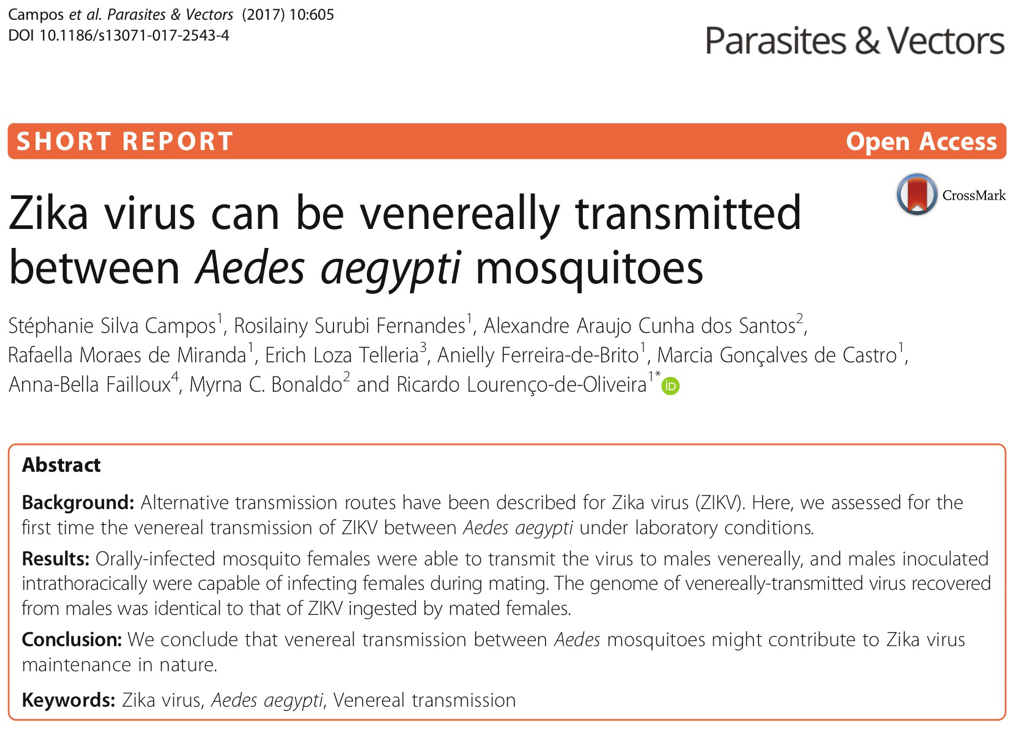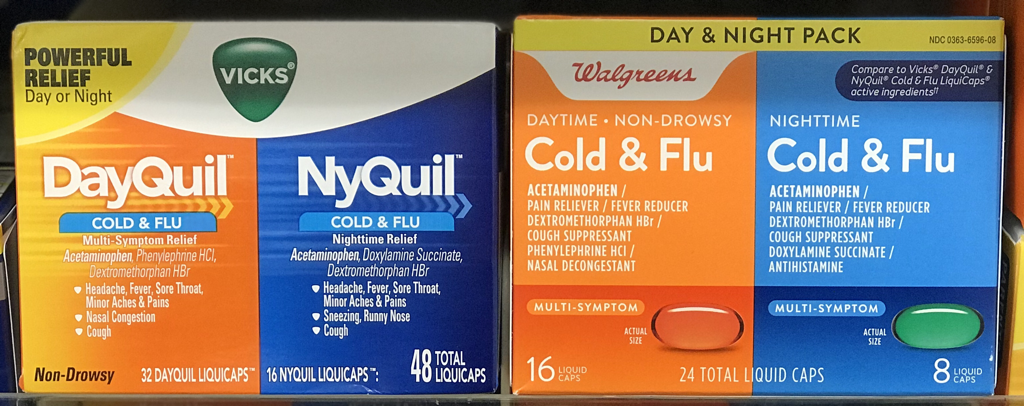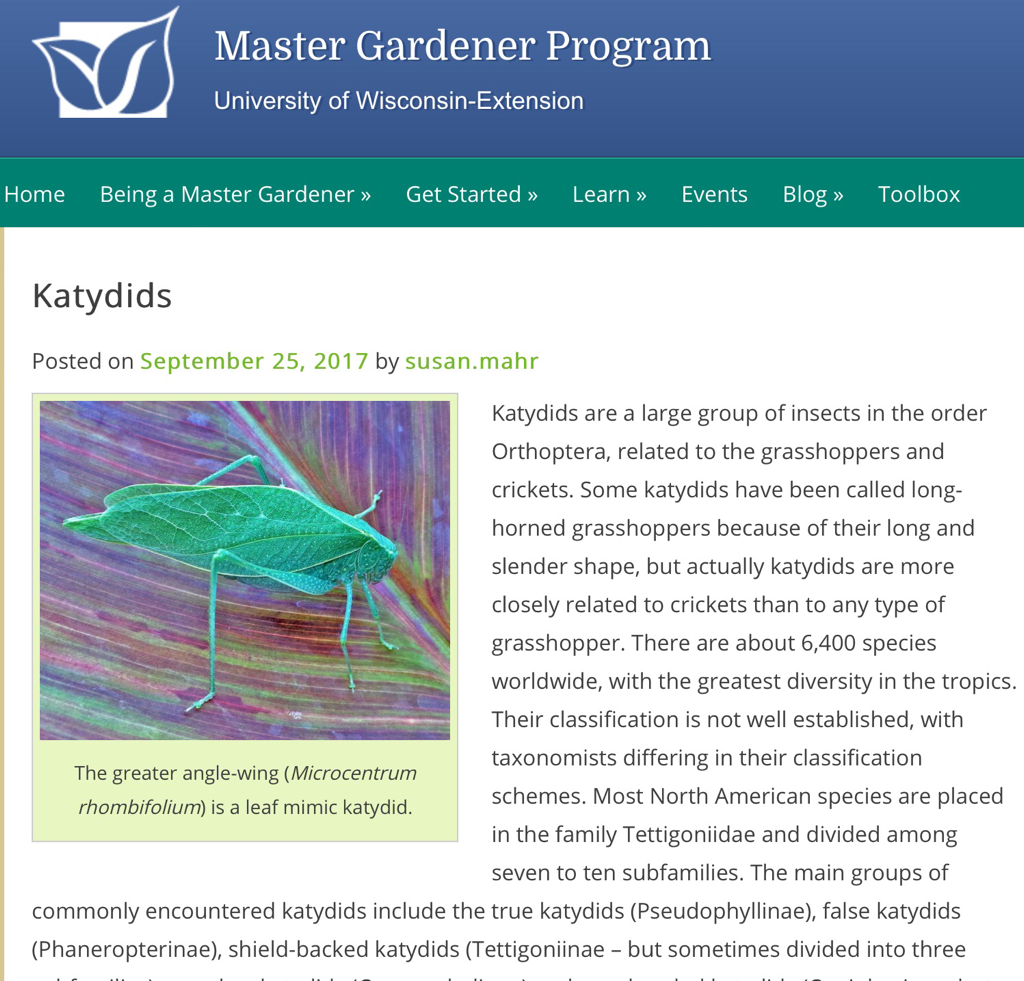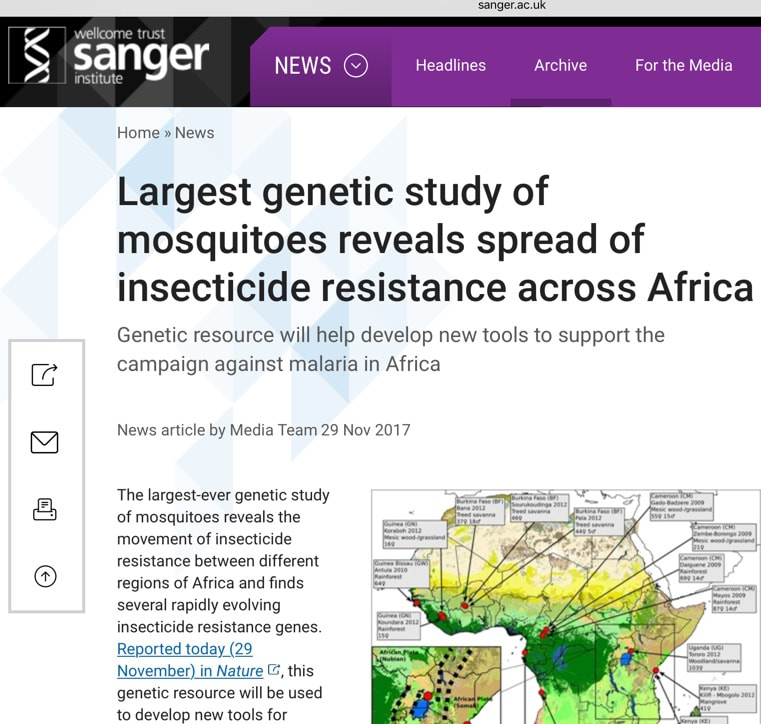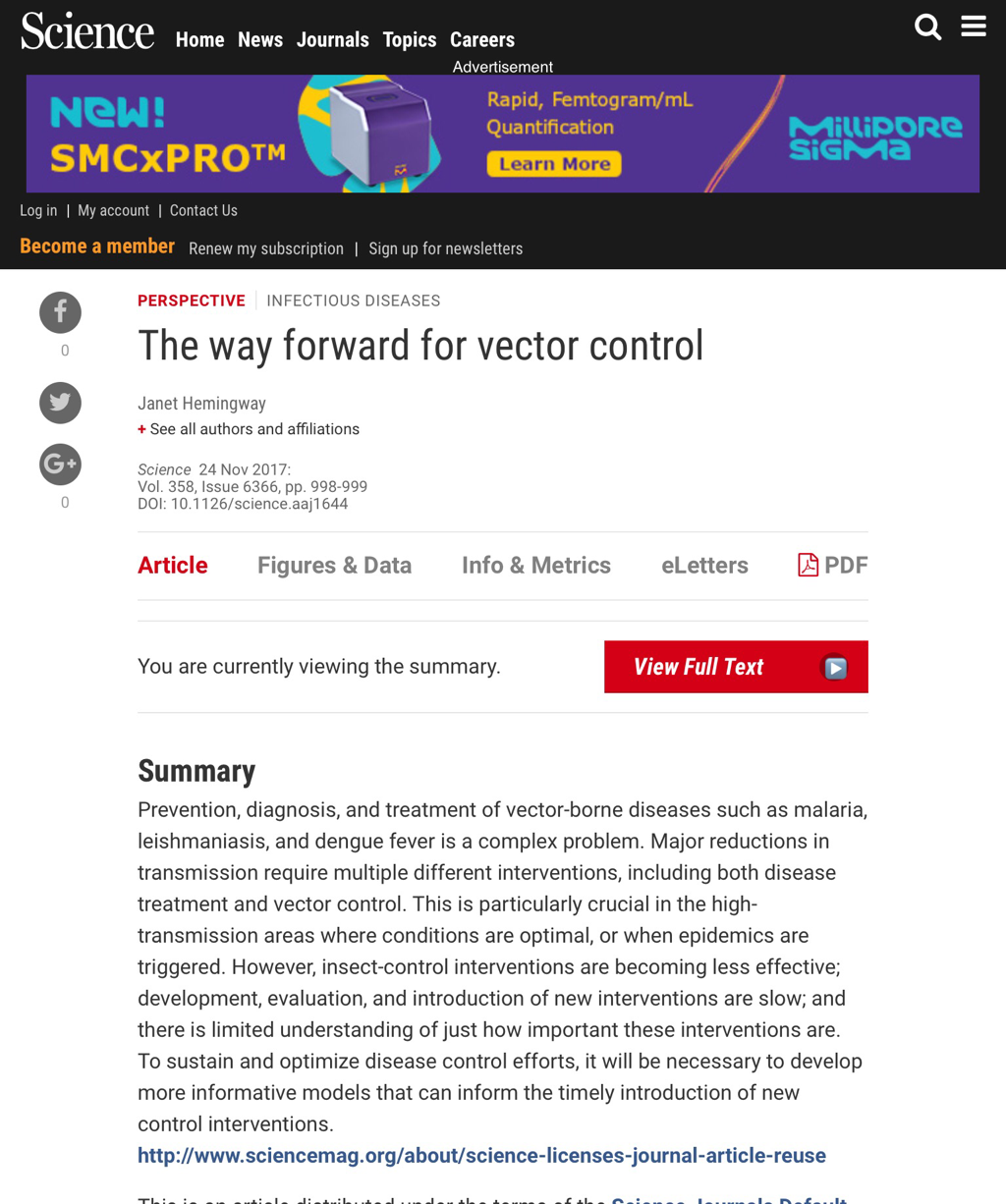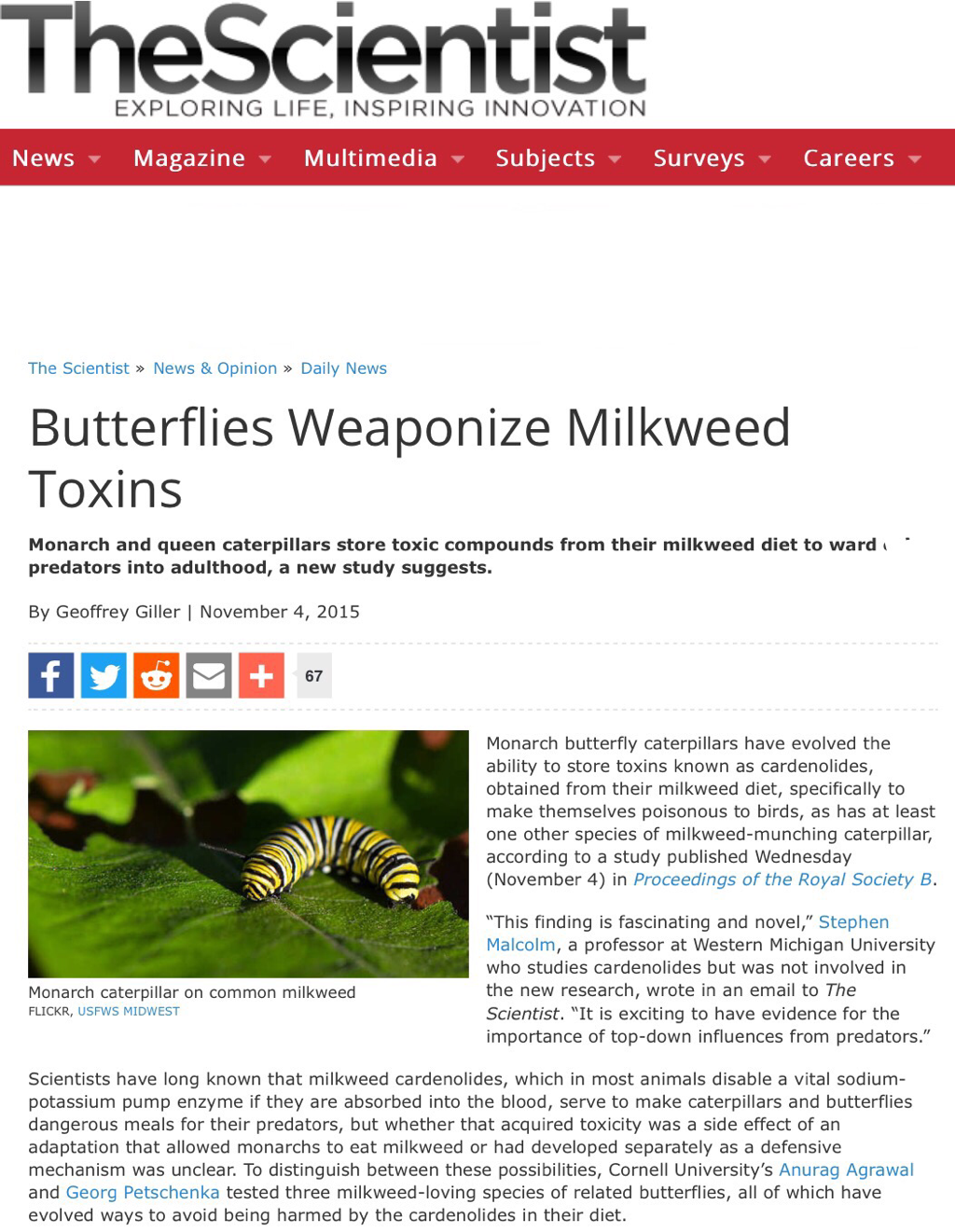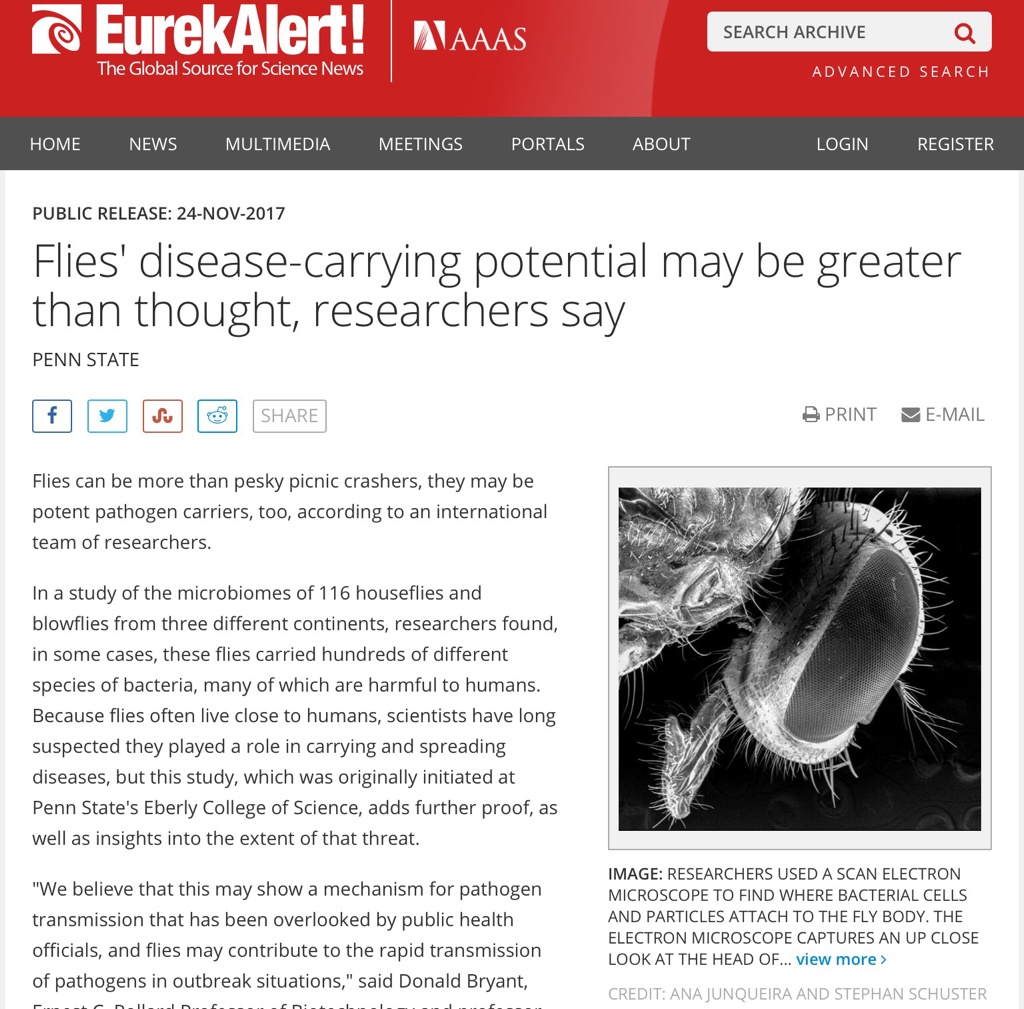|
The threat of new Zika infections was dying down because of herd immunity. Herd immunity provides indirect protection to individuals when a large enough proportion of the population become immune. Because mosquitoes acquire Zika virus from biting infected people, this herd immunity should also stop new mosquitoes from becoming infected with the virus. However, this recent study shows mosquitoes can acquire the virus from mating with other mosquitoes, potentially ensuring that mosquitoes continue to remain infective even after people in a geographic region are immune. The implication of this study is Zika could continue to be an issue to travelers and immigrants in endemic regions and not go away as expected. https://parasitesandvectors.biomedcentral.com/track/pdf/10.1186/s13071-017-2543-4?site=parasitesandvectors.biomedcentral.com
0 Comments
Katydids use camoflouge to escape predators and have evolved to uniquely blend in with their environment. These insects have an outer wing that has been modified to match their surroundings by mimicking leaves and other plants allowing them to go undetected to survive and thrive. Looking like the objects around you to survive in a competitive environment is a success tactic in business as well. Private label items frequently leverage the assets of major brands to influence consumers' buying decisions. For instance, walk down the medicine aisle of Walgreens and notice the similarities between the packaging of Vick's NyQuil and Walgreens Cold & Flu medications. https://wimastergardener.org/article/katydids/ A recent study shows higher than normal genetic variability among malaria vectoring mosquitoes. Genetic variability enables the evolution of insecticide resistance by ensuring that some individuals will survive concentrations of insecticide that would be lethal to the majority of the population. Malaria infections in Africa have been reduced by using multiple tools such as drug therapy, better diagnosis and insecticides; however, vector management has contributed the most to this reduction. Unfortunately, insecticide resistance threatens our most valuable tool. Resistance management strategies using multiple intervention tools need to be developed before starting any control program that kills the pest. http://science.sciencemag.org/content/358/6366/998 Monarch butterfly caterpillars live on poisonous plants called milkweed, and throughout the caterpillar's life, it slowly stores-up the poison it consumes due to eating the plant. When the caterpillar transforms into the butterfly, all of the stored poison gives the Monarch butterfly its characteristic orange coloring and protects its from predators by giving it a bitter taste. Similarly, small wins matter in life, and an accumulation of consistent, small wins can lead to major change. For example, equality for LGBT individuals began in the early 1970s when the Library of Congress reclassified books on the gay liberation from "Abnormal Sexual Relations, Including Sexual Crimes" to a classification with less negative connotation. From there, gay politicians such as Harvey Milk were elected to office and these small wins snow balled into marriage equality in 2015. https://www.the-scientist.com/?articles.view/articleNo/44410/title/Butterflies-Weaponize-Milkweed-Toxins/ Pathogens contaminate surfaces in a variety of ways including hitchhiking on insects and dropping off onto the objects that come into contact with those "insect vehicles". One study found that flies can potentially disperse hundreds of different microorganisms. https://eurekalert.org/pub_releases/2017-11/ps-fdp112217.php |
Bug Lessons BlogWelcome science communicators and bug nerds!
Interested in being a guest blogger?
Archives
November 2023
Categories
All
|
